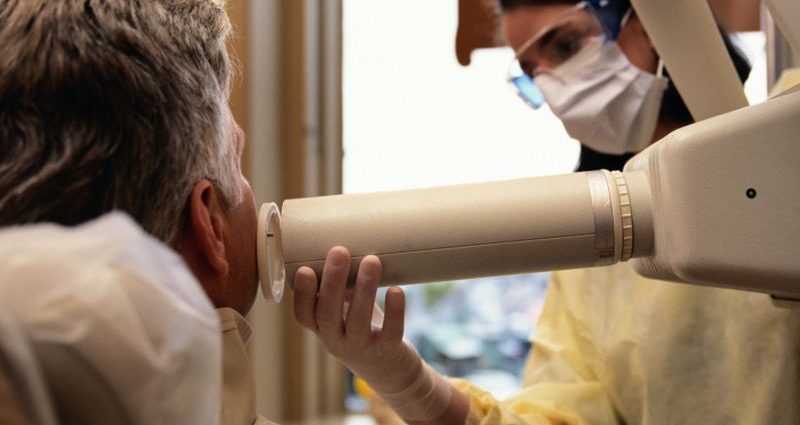THURSDAY, Feb. 24, 2022 (HealthDay News) — It might be harder to get your teeth cleaned this year, with a new study showing a shortage of dental hygienists in the United States due to the COVID-19 pandemic.
“Not unlike many other professions in the United States, challenges persist in dental hygienist employment,” said study first author Rachel Morrissey, a senior research analyst with the American Dental Association.
“The COVID-19 pandemic has exacerbated a voluntary reduction in the dental hygiene workforce and may persist, as some dental hygienists are choosing to permanently leave the profession,” Morrissey said in an ADA news release.
The report updates findings from a study of 7,000 dental hygienists nationwide who were surveyed from September 2020 to August 2021. It shows that as of August 2021, fewer than half of dental hygienists who left their jobs during the pandemic had returned to work.
The researchers found that about 8% of hygienists who had been employed in March 2020 had not gone back to work as of September 2020. By August 2021, that rate was about 5%.
Also, almost 2% of study participants said they no longer intended to work as dental hygienists, a possible reduction of 3,300 nationwide, according to the study.
The report also allays concerns that dental hygienists would be at greater risk of COVID. The researchers found the COVID rate among U.S. dental hygienists was less than 9%, compared with about 12% in the general population.
Also, three-quarters of dental hygienists had been fully vaccinated against COVID-19, a higher rate than the general public and health care workers outside of dentistry at the time of the study.
“We’re pleased to see that dental hygienists have demonstrated continued low incidence of infection and high vaccination, proving the profession’s ability to mitigate risk while providing care in a safe manner,” said co-author Cameron Estrich, a health research analyst with the ADA Science and Research Institute.
“Increased vaccine availability and greater supplies of personal protective equipment [PPE] should further enable dental teams to continue to follow infection prevention measures to reduce the risk of COVID-19 transmission,” Estrich said in the release.
The findings appear in the February issue of the Journal of Dental Hygiene.
More information
For more on COVID-19 and dental appointments, go to the American Dental Association.
SOURCE: American Dental Association, news release, Feb. 22, 2022
Copyright © 2025 HealthDay. All rights reserved.

